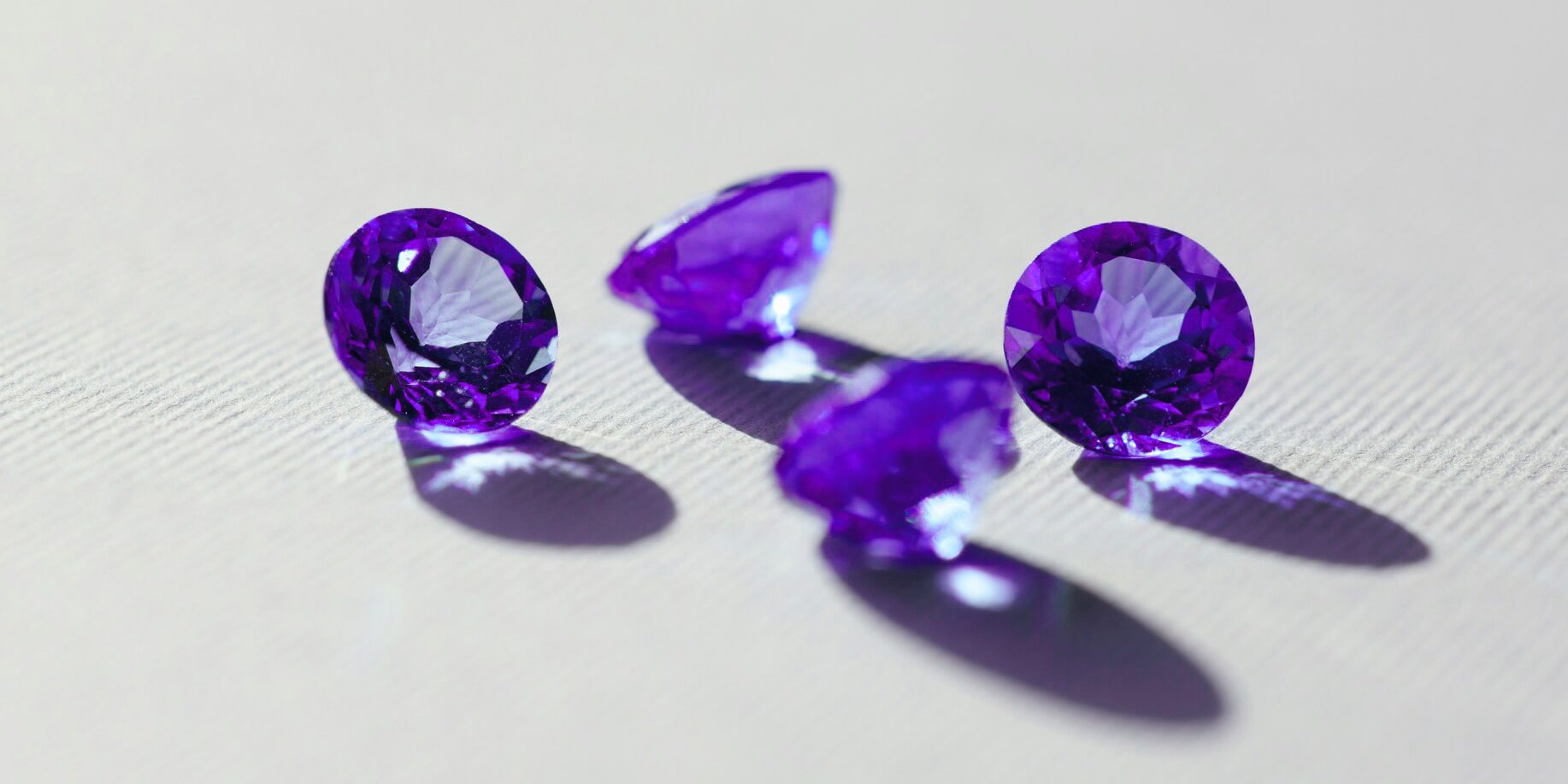Spot a Fake Gemstone? Expert Tips to Identify Real Stones
Gemstones are nature’s masterpieces, but with their allure comes the risk of deception. Learning to distinguish genuine gemstones from their synthetic counterparts is crucial for making informed purchases. In this guide, we’ll equip you with expert tips to help you spot a fake and appreciate the true beauty of real stones.
Understanding the Basics
Before diving into identification techniques, it’s essential to grasp the fundamental differences between real and fake gemstones:
- Natural Gemstones: Formed over millions of years through geological processes, these possess unique inclusions, color variations, and imperfections.
- Synthetic Gemstones: Created in laboratories to mimic natural stones, they often exhibit perfect clarity and uniformity.
- Imitation Gemstones: These are artificial materials, like glass or plastic, designed to resemble gemstones but lack their inherent qualities.
Expert Tips to Identify Real Gemstones
- Examine Inclusions: Real gemstones often contain natural inclusions – tiny flaws or impurities. These imperfections are like fingerprints, unique to each stone. Synthetic gems usually have fewer or no inclusions.
- Check the Color: Real gemstones tend to have subtle color variations and depth. Fake stones might appear overly saturated or have an unnatural color intensity.
- Assess Clarity: While clarity is valued in gemstones, excessive perfection can be a red flag. Real stones often have minor imperfections, whereas fakes might appear too flawless.
- Test the Hardness: Gemstones have varying hardness levels. A simple scratch test (though not recommended for all stones) can give you a basic idea. However, be cautious as this method can damage some stones.
- Consider the Price: If a deal seems too good to be true, it probably is. Genuine gemstones, especially rare ones, come with a price tag that reflects their value.
- Seek Expert Help: When in doubt, consult a professional gemologist. They have the expertise and equipment to accurately identify gemstones.
Additional Tips
- Look for a Certificate: Reputable sellers provide gemstone certificates from independent laboratories.
- Trust Your Instincts: If something feels off, it probably is. Trust your gut feeling when making a purchase.
By following these tips and educating yourself about gemstones, you can enhance your ability to spot fakes and appreciate the genuine beauty of these natural treasures. Remember, investing in a real gemstone is not just about owning a piece of jewelry; it’s about owning a piece of the Earth’s history.
Share this content:
